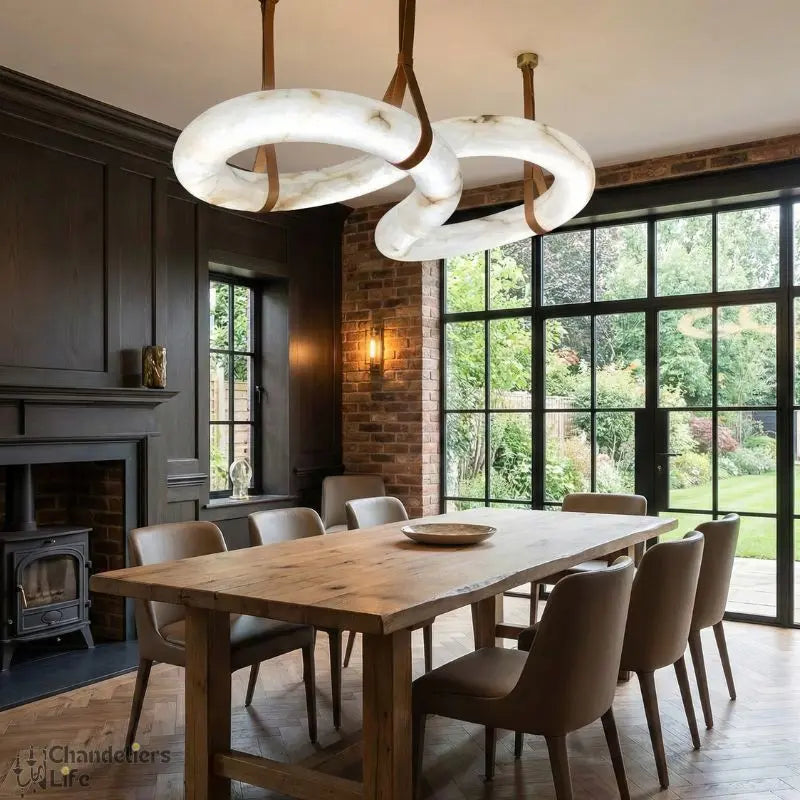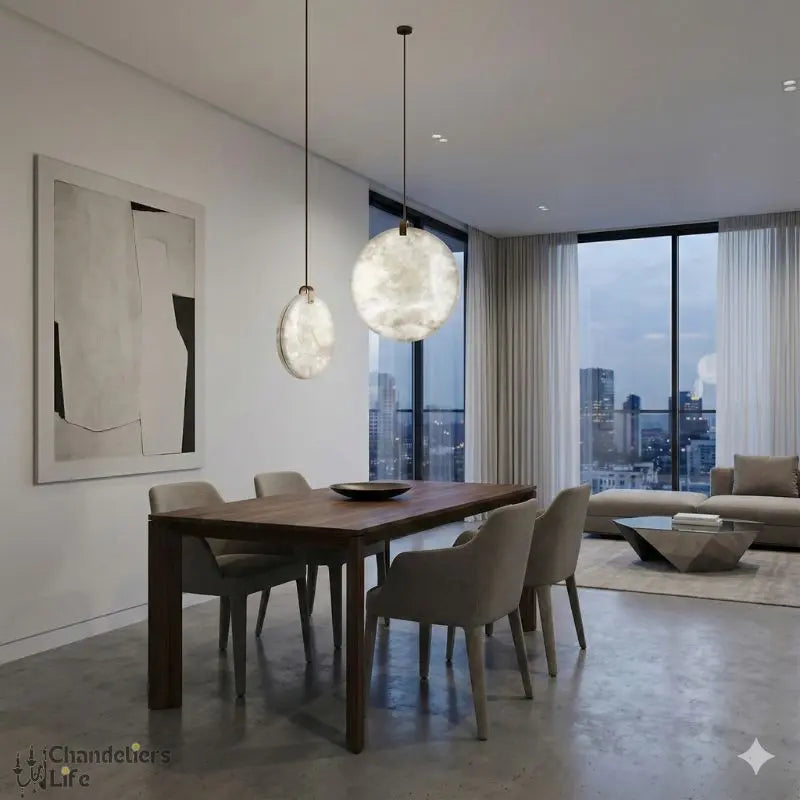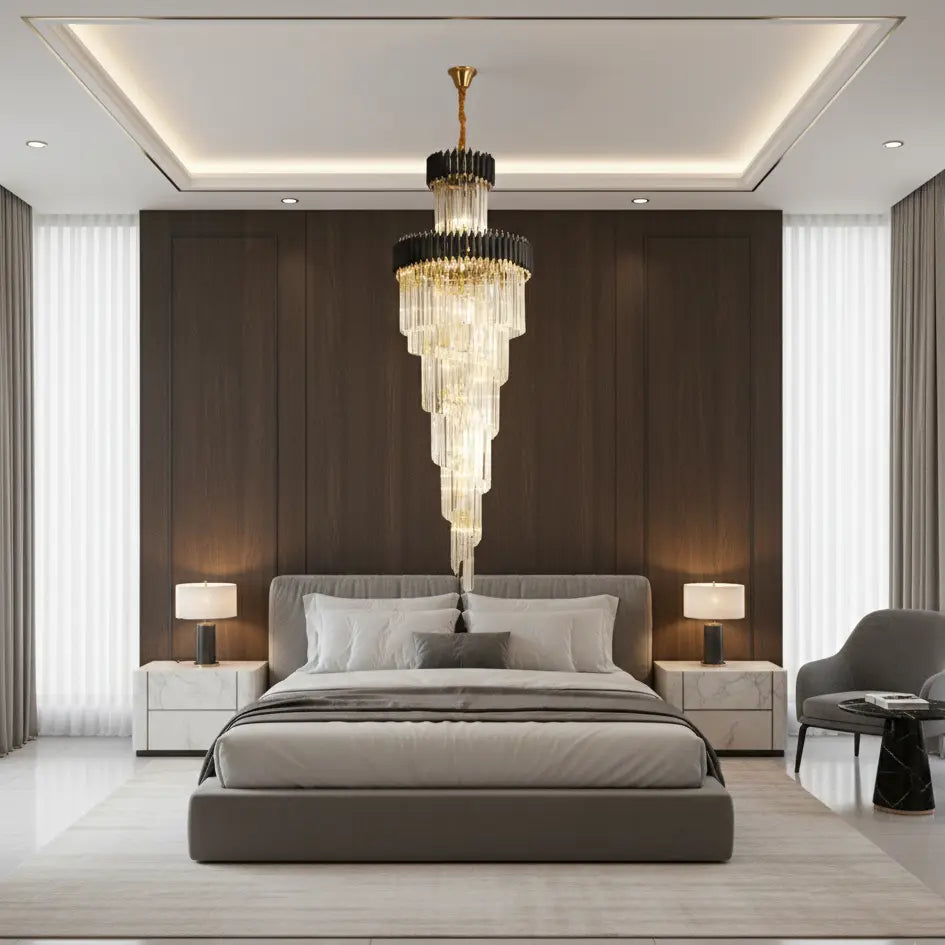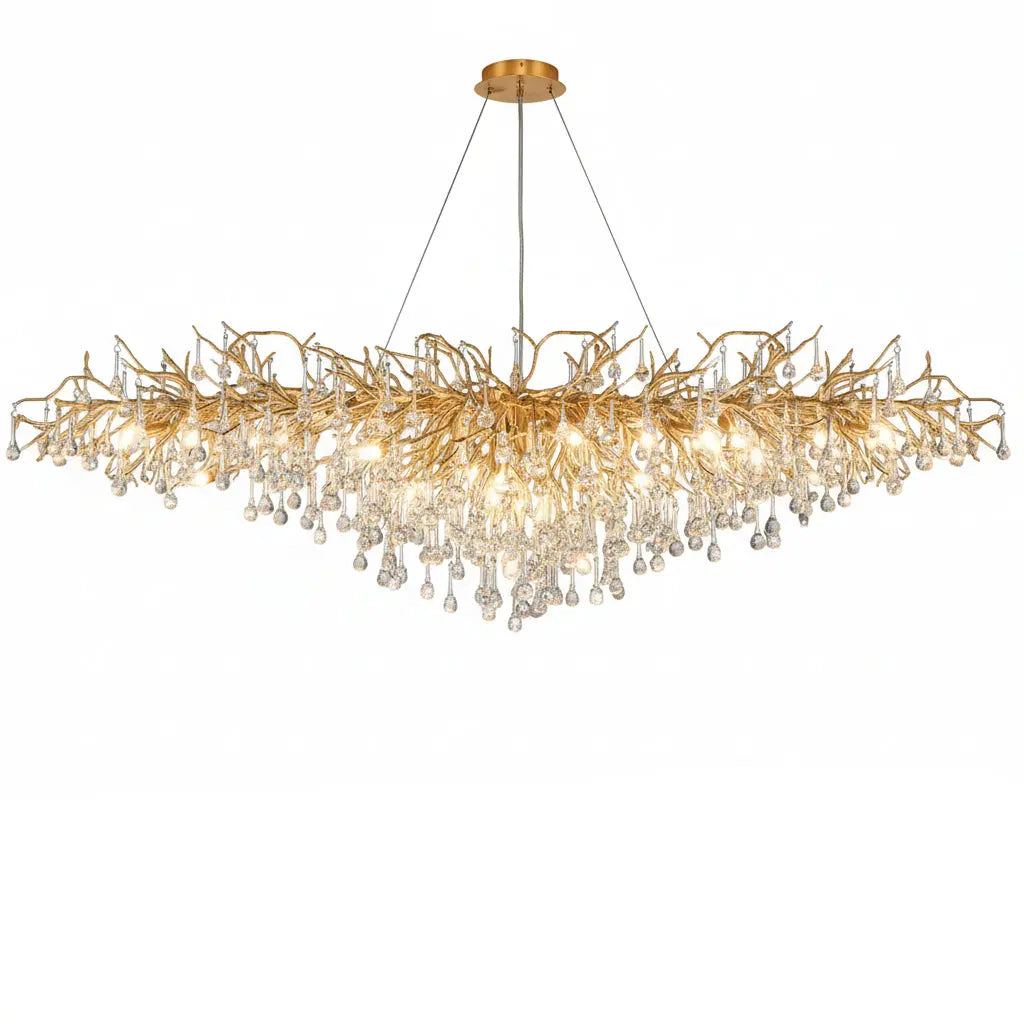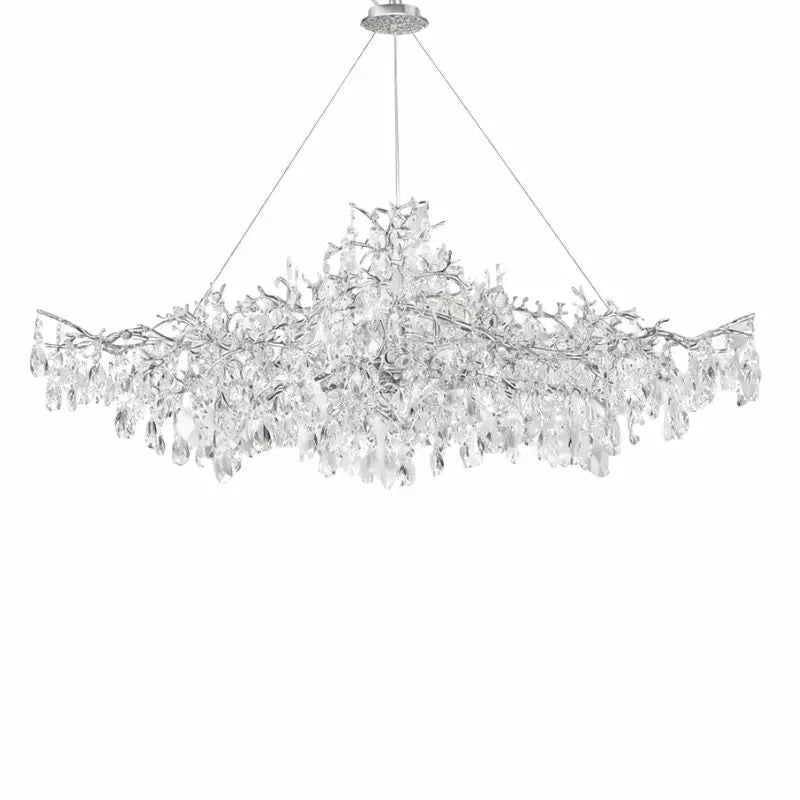Light fitters play a crucial role in modern interior design. They use different lighting techniques to transform spaces, create moods, and highlight features. By understanding the various types of lighting and their applications, light fitters can enhance both residential and commercial spaces, making them more functional and aesthetically pleasing.
Key Takeaways
- Light fitters combine different light sources like downlights, uplights, and floor lights to create depth and interest in a room.
- There are four main types of lighting in interior design: ambient, task, accent, and decorative lighting.
- Good lighting design can make a space feel more comfortable, functional, and inviting.
- Light fitters work closely with interior designers and architects to maximize the impact of a space.
- Innovations like smart lighting and sustainable practices are shaping the future of light fitting technology.
Understanding the Role of Light Fitters in Interior Design
Defining the Profession of Light Fitters
Light fitters are professionals who specialize in the installation and maintenance of lighting systems. They work with various types of lighting, including downlights, uplights, wall lights, and more. Their expertise ensures that each room has the right kind of lighting to enhance its function and aesthetic appeal.
Historical Evolution of Light Fitters
The role of light fitters has evolved significantly over the years. Initially, their job was limited to basic installations. However, with advancements in technology and design, light fitters now play a crucial role in creating sophisticated lighting schemes that can transform spaces.
The Importance of Light Fitters in Modern Spaces
Light fitters are essential in modern interior design. They help create depth, highlight architectural features, and set the mood of a room. Whether it's a minimalist living room decor or a farmhouse kitchen decor, the right lighting can make all the difference.
In today's design world, the expertise of light fitters is invaluable. They ensure that every space is not only functional but also visually appealing.
Types of Lighting and Their Applications
Ambient Lighting
Ambient lighting provides overall illumination to a room, creating a warm and welcoming atmosphere. It includes chandeliers, pendants, and track lighting. For example, a pendant light in a living room can create a cozy ambiance, while a dimmer switch allows for customization of light levels according to mood or activity.
Task Lighting
Task lighting is focused and bright, designed for specific activities such as reading, cooking, or working. It is usually implemented through desk lamps, under-cabinet lights, and pendant lights.
Accent Lighting
Accent lighting is used to highlight particular features of a space, such as artworks, plants, or architectural details. This type of lighting adds depth and dimension, creating focal points that draw the eye and add interest.
Decorative Lighting
Decorative lighting fixtures, such as chandeliers and wall sconces, serve as artistic elements in themselves. While they provide illumination, their primary role is to contribute to the overall aesthetic of the space.
Techniques Employed by Light Fitters
Combining Different Light Sources
Light fitters use a method called layering to create a balanced and dynamic lighting plan. This involves combining task, ambient, accent, and natural lighting to make a space both functional and beautiful. For example, a living room might have a ceiling light for general illumination, table lamps for reading, and wall-mounted sconces to highlight artwork. By using multiple light sources, you can achieve the desired effect for different living situations.
Highlighting Architectural Features
One of the key roles of light fitters is to draw attention to specific features in a room. This can be done using spotlights, track lighting, or recessed lights. For instance, you might use track lighting to showcase a gallery wall or a floor lamp to highlight a piece of furniture. This technique not only adds depth but also makes the space more interesting.
Creating Mood and Ambiance
Lighting plays a crucial role in setting the mood of a room. By carefully controlling the light's intensity, direction, and color, light fitters can create a warm and inviting atmosphere. This is especially important in spaces like living rooms and bedrooms, where the right lighting can make a big difference. Whether you're looking to create a cozy environment or a bright, inviting atmosphere, the right lighting can help you achieve your goal.
The Impact of Light Fitters on Residential Spaces
Living Room Lighting Solutions
In the living room, light fitters play a crucial role in creating a welcoming and functional space. Combining different light sources can help achieve the perfect balance between ambient, task, and accent lighting. For instance, a mix of ceiling fixtures, floor lamps, and wall sconces can cater to various activities, from reading to entertaining guests. Additionally, light fitters can highlight architectural features or artworks, adding depth and interest to the room. When considering living room color schemes, the right lighting can enhance the overall aesthetic and mood.
Kitchen and Dining Area Lighting
The kitchen and dining areas require a blend of practical and decorative lighting. Task lighting is essential for food preparation and cooking, while ambient lighting creates a cozy atmosphere for dining. Pendant lights over the kitchen island or dining table can serve both purposes, providing focused light for tasks and a stylish element for the room. Light fitters can also incorporate under-cabinet lighting to illuminate countertops and make the space more functional. For those with an industrial style home decor, exposed bulbs and metal fixtures can add a trendy touch.
Bedroom and Bathroom Lighting
In bedrooms, light fitters focus on creating a relaxing and comfortable environment. Soft, diffused lighting is ideal for winding down in the evening, while adjustable bedside lamps provide the perfect light for reading. In bathrooms, a combination of task and ambient lighting ensures both functionality and comfort. Vanity lights around mirrors help with grooming tasks, while overhead lights provide general illumination. For small apartment decor ideas, light fitters can use clever solutions like wall-mounted fixtures to save space and add style.
Light fitters are essential in transforming residential spaces, making them not only functional but also aesthetically pleasing. Their expertise in selecting and installing the right lighting solutions can significantly enhance the quality of life at home.
The Role of Light Fitters in Commercial Spaces
Office Lighting Strategies
Office lighting is crucial for creating a productive and comfortable work environment. Good lighting can improve mood and boost productivity. Light fitters use various techniques to ensure that office spaces are well-lit and functional. They often combine different types of lighting, such as ambient, task, and accent lighting, to create a balanced and efficient workspace. For example, ambient lighting provides general illumination, while task lighting focuses on specific work areas, and accent lighting highlights architectural features.
Retail and Hospitality Lighting
In retail and hospitality settings, lighting plays a significant role in creating an inviting atmosphere. Light fitters work to design lighting solutions that enhance the customer experience. They use a mix of decorative and functional lighting to highlight products and create a welcoming environment. For instance, captivating chandeliers & pendant lights can be used in hotel lobbies to create a luxurious ambiance, while focused lighting in retail stores can draw attention to specific products.
Lighting for Public Spaces
Public spaces, such as libraries, museums, and government buildings, require thoughtful lighting design to ensure safety and accessibility. Light fitters are responsible for installing lighting that meets these needs while also enhancing the aesthetic appeal of the space. They often use energy-efficient lighting solutions to reduce costs and environmental impact. In addition, they may incorporate smart lighting systems that can be adjusted based on the time of day or the presence of people in the space.
Light fitters play a vital role in shaping the atmosphere and functionality of commercial spaces. Their expertise ensures that these environments are not only visually appealing but also practical and efficient.
Innovations and Trends in Lighting Design
Smart Lighting Solutions
Smart lighting solutions are revolutionizing how we illuminate our spaces. These systems allow for remote control and automation, making it easier to adjust lighting to suit different needs and moods. Smart lighting can be integrated with other smart home devices, offering a seamless and convenient experience. This is particularly useful for those interested in eco-friendly home decor ideas as it can significantly reduce energy consumption.
Sustainable Lighting Practices
Sustainability is a major trend in modern lighting design. Light fitters are increasingly using energy-efficient LED lights and other sustainable materials. This not only helps in reducing the carbon footprint but also aligns with eco-friendly home decor ideas. Many homeowners are now opting for these solutions to create a more sustainable living environment.
The Future of Light Fitting Technology
The future of light fitting technology looks promising with advancements in areas like human-centric lighting and Li-Fi technology. These innovations aim to improve not just the aesthetics but also the functionality of lighting systems. For instance, human-centric lighting can adapt to the natural light cycle, enhancing well-being and productivity. This is especially beneficial for those looking to incorporate Scandinavian home decor inspiration into their homes, as it emphasizes simplicity and functionality.
The role of light fitters is evolving with these innovations, making them indispensable in both residential and commercial spaces.
Collaborating with Interior Designers and Architects
The Synergy Between Light Fitters and Designers
Light fitters and interior designers work together to create beautiful and functional spaces. Their combined efforts ensure that lighting not only illuminates but also enhances the overall design. By understanding each other's roles, they can achieve a harmonious balance between light and decor.
Case Studies of Successful Collaborations
- Modern Farmhouse Kitchen Decor: In a recent project, light fitters and designers collaborated to create a cozy yet modern farmhouse kitchen. The use of pendant lights and under-cabinet lighting brought warmth and functionality to the space.
- DIY Wall Decor for Bedroom: Another example is a bedroom makeover where light fitters installed adjustable wall sconces. This allowed for flexible lighting options that complemented the DIY wall decor.
Tips for Effective Communication
- Regular Meetings: Schedule regular check-ins to discuss progress and any changes.
- Clear Plans: Ensure that both parties have a clear understanding of the design and lighting plans.
- Feedback Loop: Create a system for giving and receiving feedback to make sure everyone is on the same page.
Effective collaboration between light fitters and interior designers can transform any space into a stunning and functional environment.
By following these tips and understanding the importance of synergy, light fitters and designers can create spaces that are both beautiful and practical.
Working with interior designers and architects can transform your home into a masterpiece. Our chandeliers add that perfect touch of elegance and style. Visit our website to explore our wide range of lighting options and find the perfect fit for your space.
Conclusion
In modern interior design, light fitters play a crucial role in shaping the ambiance and functionality of spaces. By skillfully combining various types of lighting—such as ambient, task, accent, and decorative—they create environments that are not only visually appealing but also practical. Whether it's highlighting a beautiful piece of art, providing focused light for reading, or setting a cozy mood, the expertise of light fitters ensures that every room is both functional and inviting. Their work transforms ordinary spaces into extraordinary ones, making light an essential element in the art of interior design.
Frequently Asked Questions
What exactly does a light fitter do?
A light fitter installs, maintains, and repairs various lighting systems. They work with different types of lights like downlights, uplights, wall lights, and more to create the perfect lighting design for any space.
Why is lighting important in interior design?
Lighting is crucial because it sets the mood, highlights features, and ensures functionality. Good lighting can make a room feel more spacious and inviting.
What are the main types of lighting used in interior design?
The four main types are ambient, task, accent, and decorative lighting. Each type serves a different purpose, from general illumination to highlighting specific features.
How do light fitters work with interior designers?
Light fitters collaborate with interior designers to ensure that the lighting complements the overall design. They discuss plans, share ideas, and work together to achieve the best results.
What are some modern trends in lighting design?
Some modern trends include smart lighting solutions, sustainable practices, and the use of innovative technologies to create more efficient and customizable lighting systems.
Can good lighting really change the feel of a room?
Yes, good lighting can transform a room's atmosphere. It can make spaces feel larger, cozier, or more vibrant, depending on the design and placement of the lights.







